On most weekends and whenever he is free, engineer Robin Wong likes to hit the streets with his camera. He calls it his “shutter therapy”, a way of destressing for him. But more than that, Robin has become more and more fascinated by the wealth of subjects in street photography.
“After my obsession with macro photography, I wanted to try something fresh and new. I picked up street photography to help develop my artistic vision and allow me to express myself freely and creatively,” said Robin.
Street photography is probably the least popular, favoured and explored type of photography by new camera owners. There is little opportunity to shoot pretty girls or handsome hunks, or tear-jerking scenes. Robin, though, has found street photography even more compelling since he started a year ago.
“The fascinating part about street photography is the unpredictability. You get different subjects and people each time you walk the same street. It is never the same as your last visit,” said Robin, who hails from Kuching, Sarawak. He uses an Olympus E-5 and E-520.
Street photography is a great place to start learning and understanding your camera, develop your artistic and vision as a photographer, and enhance your technical skills.
On the streets, there are moments when a photographer has to react spontaneously, with very little time to change or fine tune camera settings. He has to compose the picture and then press the shutter button before that moment is gone in a blink of an eye.
It is possibly the best training ground to test your understanding of your gears, estimate and select the right settings to use by merely looking at the surroundings and even to hone your skills of predicting future shots. On the artistic side, street photography allows the photographer to experiment, or test out new pointers.
“Different photographers will present different views of the same streets. You shoot not only with how you think, but also what you feel; imparting part of your character and emotions into the photos,” said Robin.
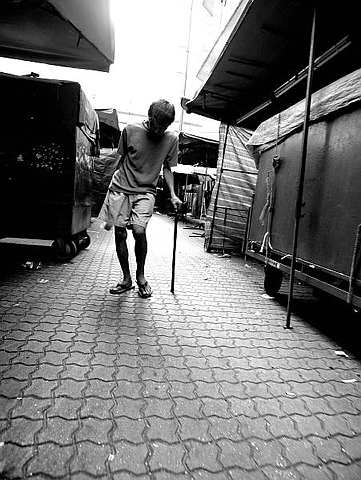
Walking the streets with his camera has opened Robin's eyes to the most marginalised in our society.
Robin used to just capture scenes or subjects that caught his attention or anything that is out of the ordinary.
“However, I have now developed a few themes. I now hunt for the Malaysian cultures, as true as they can be. I want to show the world how Malaysians live their daily lives.
“Most people only see the beautiful and glorified side of Malaysia but it is a whole different story in other parts of Kuala Lumpur. There are still homeless people sleeping at foot ways, abandoned projects and derelict shop houses,” said Robin, whose photographs have become powerful social commentaries.
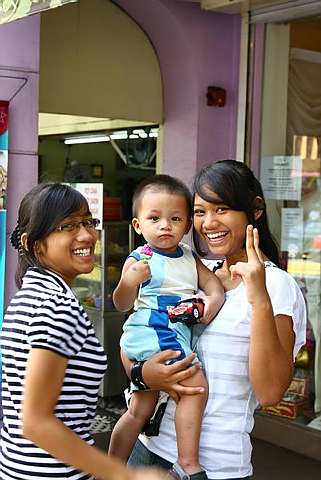
There are lots of friendly folks on the streets who like to have their photographs taken. - Jsaon Lioh
One of the difficulties in street photography is approaching strangers on the streets. You will never know how they react until you raise and point your camera at them. Some would give you the biggest and sweetest smile, some would brush you off, some are indiffrent and some annoyed.
“If I want a portrait with direct eye contact, I would ask permission to photograph the stranger. If I intend to photograph a stranger without disturbing the activity he is engaged in, I would shoot from a distance without his knowledge.
“I also use the hip shots, shooting with the camera at hip level and firing away without looking through the view finder. I can get close to my subjects without them knowing I just took their pictures but the success rate of getting the picture I want is relatively low but eureka when I got it,” said Robin.
The beauty of street photography is there are endless possibilities and opportunities waiting to be captured with one’s camera. It is entirely up to the photographer to capture and present them in whatever way he deems fit.
Go with an open mind, blend into the surroundings, be alert at all times and shoot from your heart is Robin’s advice to photographers who want to pick up street photography.
Visit robinwong.blogspot.com where Robin Wong posts his shutter therapy pictures.
Street photography tips:
1. Start early as the morning sun is best for photography due to its directional lighting and warm hue.
2. Be alert at all times, not just for photography opportunities but also your own safety.
3. Anticipate the subject’s next move so that you can compose your shot before it happens.
4. Get your settings right as you move into different parts of the streets (under the shadow, out in the open air, inside a building and etc).
5. Give your best smile as you approach your subject. Malaysians are still generally a bunch of friendly people.
6. Take your time to get the shot you want but avoid causing nuisance or interrupting on-going traffic or activity.

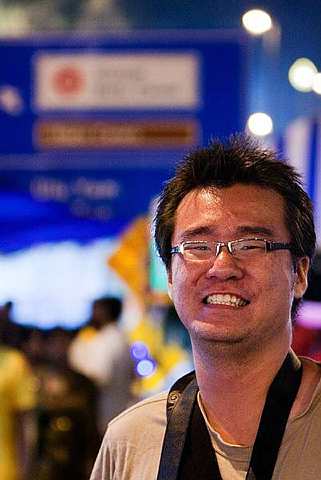

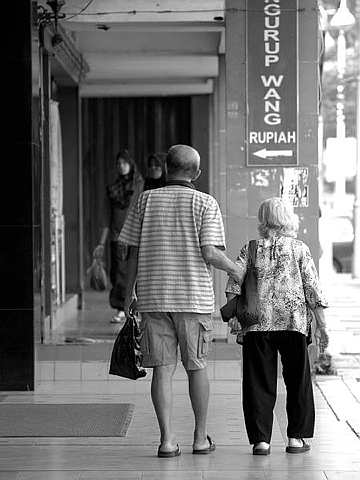
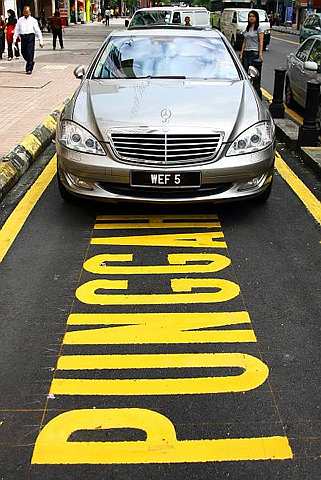
Tell us what you think!